In recent years, the integration of artificial intelligence (AI) with drone technology has revolutionized the way we monitor and protect our natural environments. Nature reserves, which serve as sanctuaries for wildlife and ecosystems, are increasingly utilizing AI-based drone surveillance systems to enhance their conservation efforts. These advanced technologies not only provide a bird’s-eye view of vast landscapes but also enable real-time data analysis, making it easier to detect and respond to threats such as poaching, habitat destruction, and illegal logging.
As the world grapples with the consequences of climate change and biodiversity loss, the adoption of AI-driven drone surveillance represents a promising frontier in the fight to preserve our planet’s natural heritage. The deployment of drones equipped with AI capabilities allows conservationists to cover large areas that would be difficult or impossible to monitor on foot. These drones can be programmed to follow specific flight paths, capturing high-resolution images and videos while employing machine learning algorithms to analyze the data collected.
This innovative approach not only enhances the efficiency of wildlife monitoring but also reduces the risk to human personnel who might otherwise be exposed to dangerous situations in remote or hostile environments. As we delve deeper into the mechanics of AI-based drone surveillance, it becomes clear that this technology is poised to play a pivotal role in safeguarding our planet’s biodiversity.
Key Takeaways
- AI-based drone surveillance is revolutionizing the way nature reserves are monitored and protected, offering a more efficient and cost-effective solution compared to traditional methods.
- AI systems analyze drone flights by using advanced algorithms to detect unauthorized activities such as poaching, deforestation, and illegal fishing, allowing for real-time intervention and prevention.
- AI-powered drone surveillance plays a crucial role in detecting and preventing poaching by identifying and tracking potential threats to wildlife, ultimately helping to conserve endangered species.
- Real-time monitoring of nature reserves through AI-based drone surveillance enables immediate response to threats, leading to better protection of wildlife and their habitats.
- While AI-based drone surveillance offers numerous advantages in nature conservation, it also comes with limitations such as technical challenges, privacy concerns, and ethical considerations that need to be addressed for its responsible use.
AI systems embedded in drone technology are designed to process vast amounts of data quickly and accurately. When a drone is deployed over a nature reserve, it captures images and videos that are then analyzed using sophisticated algorithms. These algorithms can identify patterns and anomalies in the data, allowing for the detection of unauthorized activities such as illegal hunting or logging.
By employing computer vision techniques, AI can differentiate between various objects and movements within the captured footage, enabling it to flag suspicious behavior for further investigation. Moreover, these AI systems can learn from previous data sets, continuously improving their ability to recognize potential threats. For instance, if a drone captures footage of a vehicle entering a restricted area, the AI can analyze the vehicle’s characteristics and compare them against known profiles of poaching activity.
This capability not only enhances the accuracy of threat detection but also allows conservationists to respond more effectively by deploying ground teams to investigate flagged incidents. The synergy between drone technology and AI thus creates a powerful tool for monitoring and protecting vulnerable ecosystems.
Detecting and preventing poaching with AI-powered drone surveillance
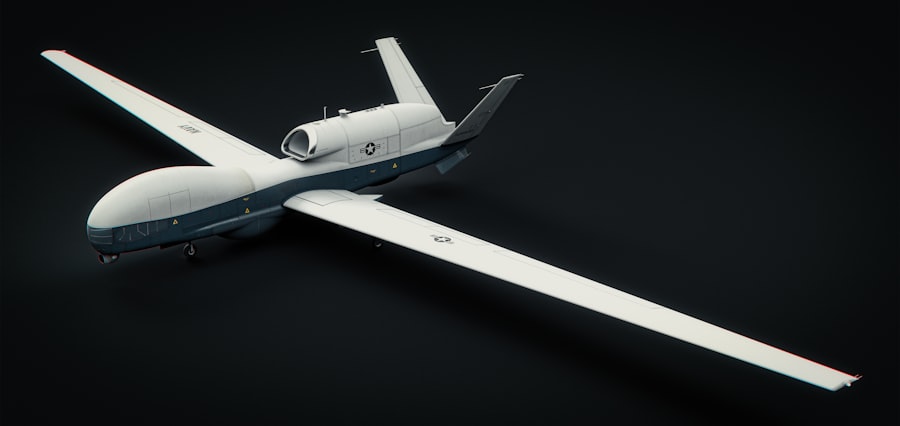
One of the most pressing challenges facing nature reserves today is poaching, which poses a significant threat to endangered species. AI-powered drone surveillance has emerged as a critical asset in combating this illicit activity. By utilizing drones equipped with thermal imaging cameras and advanced sensors, conservationists can monitor wildlife movements even in low-light conditions.
This capability is particularly valuable during nighttime hours when poaching activities are more likely to occur. The real-time data provided by these drones allows for swift intervention when poaching is detected. For example, if a drone identifies a group of individuals behaving suspiciously near a known wildlife corridor, conservation teams can be alerted immediately.
This rapid response can deter poachers and potentially lead to arrests before any harm is done to the wildlife. Furthermore, by analyzing historical data on poaching incidents, AI systems can predict potential hotspots for future poaching activities, enabling proactive measures to be taken in vulnerable areas.
Protecting wildlife through real-time monitoring of nature reserves
The ability to conduct real-time monitoring of nature reserves is one of the most significant advantages offered by AI-based drone surveillance.
In contrast, drones can cover extensive areas quickly and provide continuous updates on wildlife populations and their habitats.
This dynamic approach allows conservationists to gather valuable insights into animal behavior, migration patterns, and habitat use. Additionally, real-time monitoring facilitates immediate responses to environmental changes or threats. For instance, if a drone detects signs of habitat degradation due to illegal logging or land encroachment, conservationists can mobilize resources to address the issue before it escalates.
The integration of AI with drone technology thus empowers nature reserves to maintain a proactive stance in wildlife protection, ensuring that interventions are timely and effective.
Advantages and limitations of using AI-based drone surveillance in nature reserves
The advantages of AI-based drone surveillance in nature reserves are manifold. Firstly, these systems significantly enhance the efficiency of monitoring efforts by covering large areas in a fraction of the time it would take traditional methods. The ability to analyze data in real-time allows for quicker decision-making and more effective responses to threats.
Additionally, drones can access remote or difficult terrains that may be hazardous for human personnel, reducing risks associated with wildlife monitoring. However, there are limitations to consider as well. The reliance on technology means that any technical failures or malfunctions could hinder monitoring efforts.
Furthermore, while AI systems are becoming increasingly sophisticated, they are not infallible; false positives can occur, leading to unnecessary investigations or resource allocation. Additionally, the initial costs associated with acquiring drones and implementing AI systems can be prohibitive for some conservation organizations, particularly those operating on limited budgets.
Ethical considerations and privacy concerns in AI-powered drone surveillance
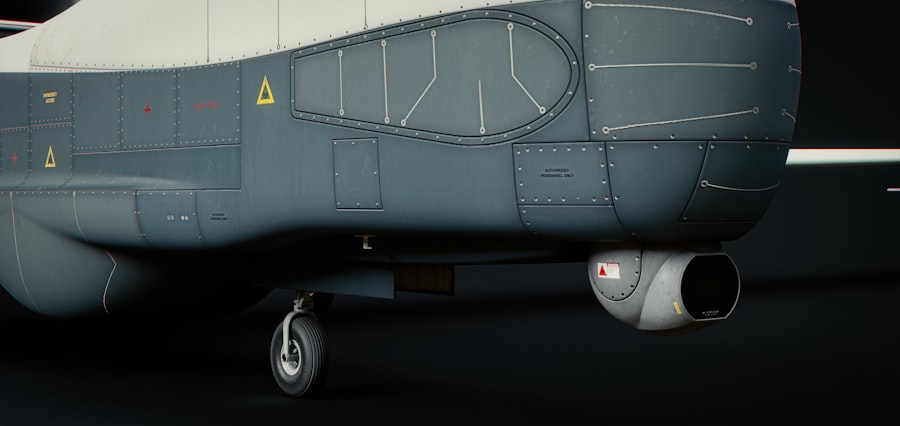
As with any technology that involves surveillance, ethical considerations must be taken into account when deploying AI-powered drones in nature reserves. One primary concern is the potential for invasion of privacy, particularly if drones inadvertently capture footage of individuals or communities living near protected areas. Striking a balance between wildlife protection and respecting human rights is crucial in ensuring that conservation efforts do not infringe upon local populations’ privacy.
Moreover, there is an ongoing debate about the ethical implications of using AI in decision-making processes related to wildlife management. While AI can provide valuable insights and recommendations based on data analysis, there is a risk that reliance on technology may overshadow the importance of human judgment and experience in conservation efforts. It is essential for conservationists to remain vigilant about these ethical considerations as they integrate AI-powered drone surveillance into their practices.
Future developments and potential improvements in AI-based drone surveillance
The future of AI-based drone surveillance in nature reserves holds immense potential for further advancements and improvements. As technology continues to evolve, we can expect drones to become even more sophisticated, with enhanced capabilities such as improved battery life, greater payload capacity, and advanced sensor technologies that can detect a wider range of environmental changes. Additionally, developments in machine learning algorithms will likely lead to more accurate threat detection and predictive analytics.
Furthermore, collaboration between conservation organizations and tech companies could pave the way for innovative solutions tailored specifically for wildlife protection. For instance, integrating AI with satellite imagery could provide a comprehensive view of environmental changes over time, allowing for more informed decision-making regarding conservation strategies. As these technologies continue to advance, they will undoubtedly play an increasingly vital role in safeguarding our planet’s biodiversity.
the potential impact of AI-powered drone surveillance on nature conservation
In conclusion, AI-powered drone surveillance represents a transformative approach to nature conservation that holds great promise for protecting wildlife and preserving ecosystems. By leveraging advanced technologies for real-time monitoring and threat detection, conservationists can respond more effectively to challenges such as poaching and habitat destruction.
As we look toward the future, continued advancements in AI and drone technology will likely enhance our ability to monitor and protect nature reserves worldwide. The potential impact on biodiversity conservation is profound; with these tools at our disposal, we stand a better chance of ensuring that future generations inherit a thriving planet rich in natural beauty and diversity. Embracing this innovative approach could mark a significant turning point in our collective efforts to safeguard the environment for years to come.
Leider scheint keiner der angegebenen Links direkt mit dem Thema KI-basierte Drohnenüberwachung in Naturschutzgebieten zusammenzuhängen. Die Links beziehen sich hauptsächlich auf das Metaversum und dessen Plattformen, Trends und Veranstaltungen. Für spezifischere Informationen über KI-Systeme und Drohnen in der Überwachung von Naturschutzgebieten wäre es ratsam, nach spezialisierten Artikeln oder Berichten zu suchen, die sich direkt mit Umwelttechnologie und deren Anwendungen befassen.
FAQs
What is KI-basierte Drohnenüberwachung in Naturschutzgebieten?
KI-basierte Drohnenüberwachung in Naturschutzgebieten refers to the use of artificial intelligence (KI) systems to analyze drone flights in order to detect unauthorized activities or poachers, and to take measures to protect wildlife in real time.
How do KI systems analyze drone flights in Naturschutzgebieten?
KI systems analyze drone flights in Naturschutzgebieten by using advanced algorithms to process the data collected by the drones. This data can include images, video footage, and other sensor data, which the KI system can analyze to identify potential threats to the wildlife.
What are the potential benefits of KI-basierte Drohnenüberwachung in Naturschutzgebieten?
The potential benefits of KI-basierte Drohnenüberwachung in Naturschutzgebieten include the ability to detect and respond to unauthorized activities or poaching in real time, thereby helping to protect the wildlife and preserve the natural environment.
What are some of the applications of KI-basierte Drohnenüberwachung in Naturschutzgebieten?
Some of the applications of KI-basierte Drohnenüberwachung in Naturschutzgebieten include real-time monitoring of protected areas, detection of illegal activities such as poaching, and the ability to take immediate action to protect the wildlife.
How does KI-basierte Drohnenüberwachung contribute to the protection of wildlife in Naturschutzgebieten?
KI-basierte Drohnenüberwachung contributes to the protection of wildlife in Naturschutzgebieten by providing real-time monitoring and detection of potential threats, allowing for immediate intervention to protect the wildlife and preserve the natural environment.
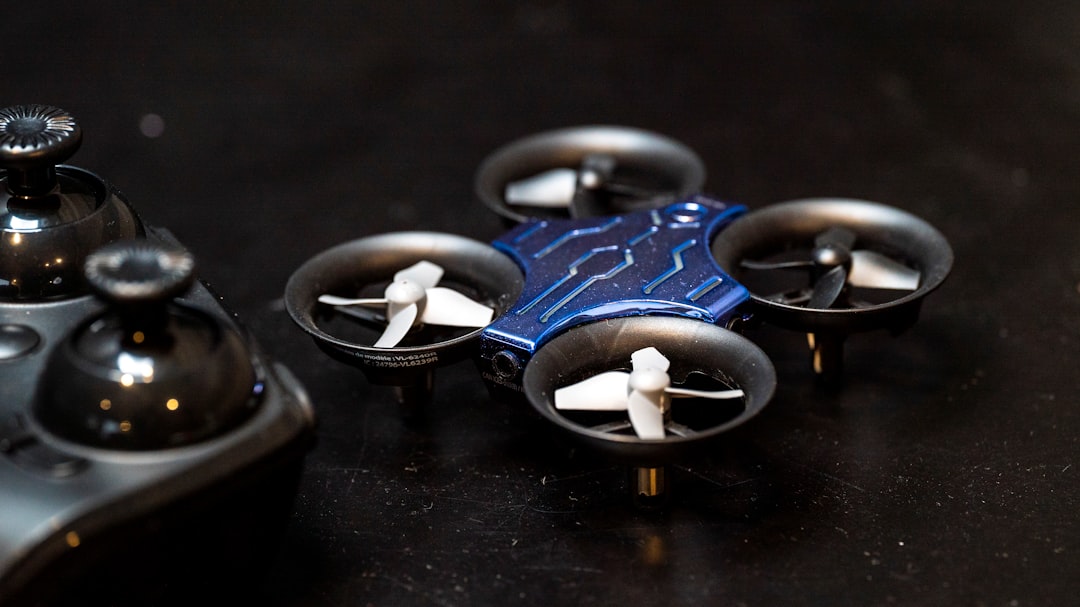

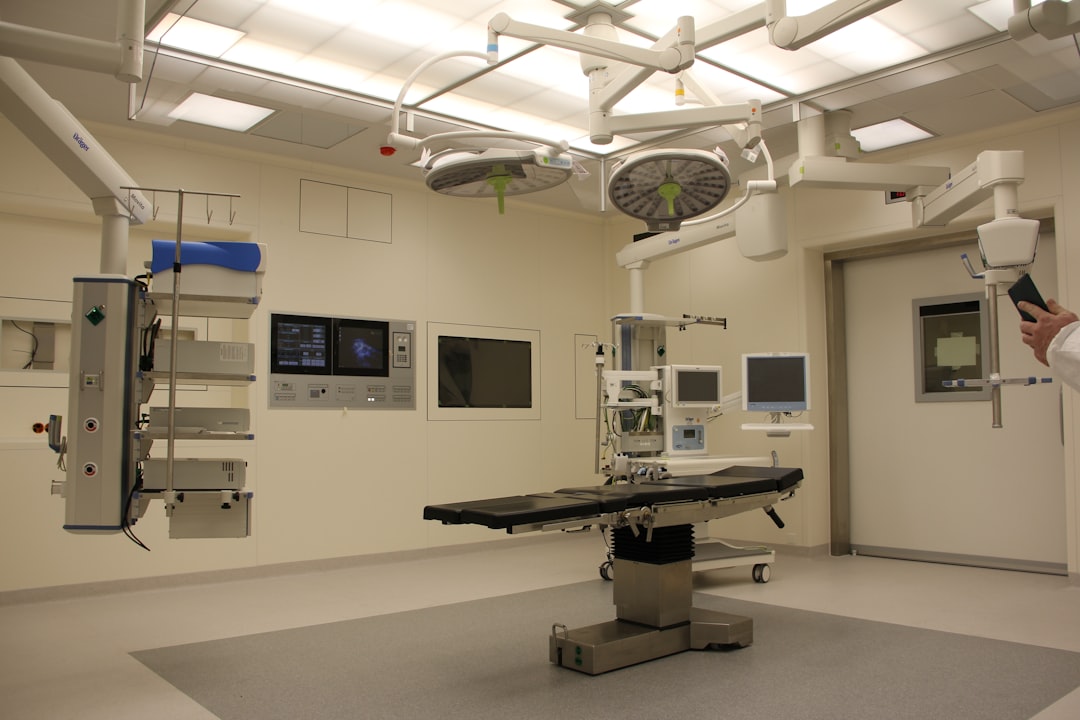







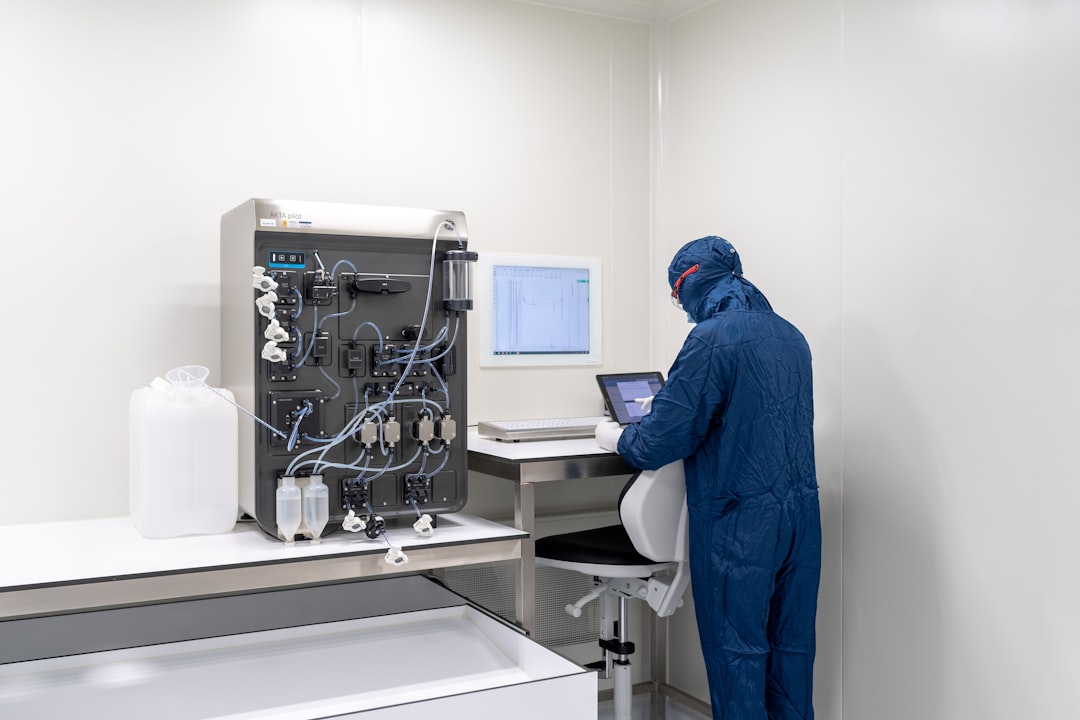
Leave a Reply